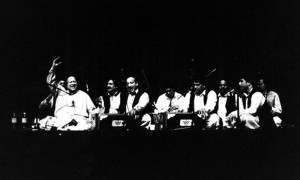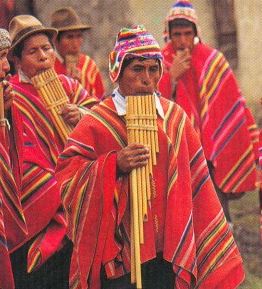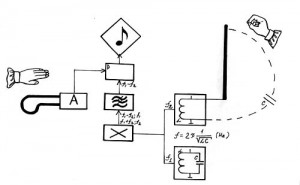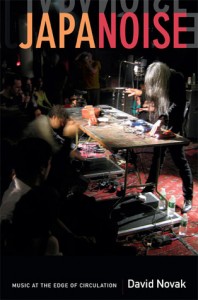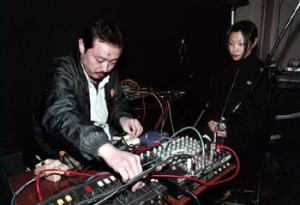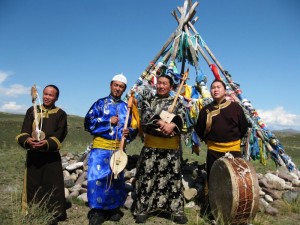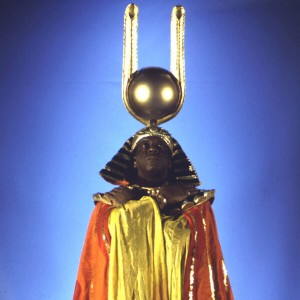What is a voice? What are our ideas about the voice and our ways of using the voice?
Voices are tied to bodies. They convey physicality, emotion, and meaning all together.
The Problem with Bodies (Gregory Whitehead):
Voices also tell us about WHO is speaking. As such, voice is strongly linked to both social and individual identities.
How do we cultivate, develop, and discipline our vocal practices? How do these vocal practices produce ideas about our selves and our identities? What audiences are assumed or produced through such vocal practices?
Voice and Language: “[We] live in a world of others’ words.”
Language is not a neutral medium that passes freely and easily into the private property of the speaker’s intentions; it is populated –overpopulated– with the intentions of others. Expropriating I, forcing it to submit to one’s own intentions and accents, is a difficult and complicated process… As a living, socio-ideological concrete thing, as heteroglot opinion, language, for the individual consciousness, lies on the borderline between oneself and the other… The word in language is half someone else’s. It becomes one’s “own” only when the speaker populates it with his own intentions, his own accent, when he appropriates the word, adapting it to his own semantic and expressive intention. Prior to this moment of appropriation, the word does not exist in a neutral and impersonal language… but rather it exists in other people’s mouths, in other people’s contexts, serving other people’s intentions; it is from there that one must take the word, and make it one’s own (Mikhail Bakhtin, The Dialogic Imagination, p.294)
Voices construct identities. They also play them off against one another. Every speaker has available numerous ways of speaking that are associated with different character types, professions, genders, social statuses, moral stances, age groups, ethnicities, and so on.
Voice & Song: “Knowing all the words did not mean knowing a song. The right words had to be saturated with the sweat and specificity of a particular body, a particular life, and a particular voice.” (Aaron Fox, Real Country: Music and Language in Working Class Culture, p. 315):
https://youtu.be/R9HKxMgekCo
[See also: Maeve Eberhardt & Kara Freeman on Iggy Azalea.]
How do technologies that record, represent, and disseminate the voice transform existing vocal practices or bring about new ones?
Singing in the Rain:
Erin Anderson: Her Husband’s Wife’s Pancreas:
“What happens when a body is gone but a voice remains? What do we make of the some-body who still wants to well up from within it?”

